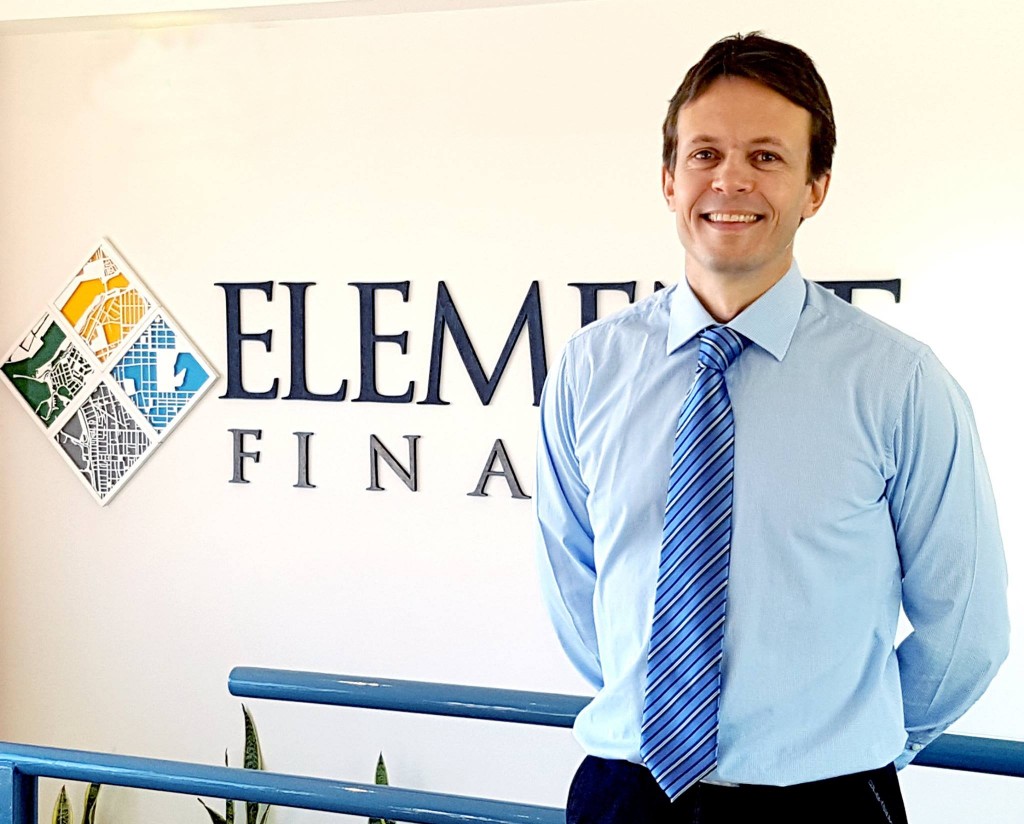Tips to help property investors maximise their tax returns.
Don’t you just love getting a tax refund? Whilst nobody enjoys all the paperwork that goes with filing a tax return, getting it right can be rewarding particularly if you’re a property investor. One of the major benefits of investing in property over other asset classes, is support for your investment from the Australian government in the form of tax relief. And of course, if you have a property investment or are considering investing in property soon, you won’t want to miss out on a single cent from any of the deductions that are available to you. Here are some tips to help you maximise your tax benefits this financial year if you are a property investor.
Make sure you’re claiming every cent you can for depreciation.
Depreciation is one of the major tax benefits that property investors can claim. Depreciation occurs as an item’s worth becomes less over time as it is used and it wears out. When you’re talking about a tax deduction, depreciation is a method of allocating the cost of an item over its useful life. For example, if your investment property has an oven that is valued at $1,000 and has a ten year life, you can claim $100 against your taxable income for 10 years on that individual item.
With an investment property, you are only allowed to claim depreciation on certain items against your taxable income. There are two types of depreciation tax deductions that you can claim:
- Depreciation on plant & equipment: this refers to items within the building like ovens, hot water heaters, air conditioners, carpets, blinds, light fittings and so on.
- Depreciation on buildings or ‘building allowance’: this refers to the construction costs of the building itself, such as concrete, brickwork, and so on.
In order to make a tax claim for depreciation, you need a report that identifies all the things that may be claimed against your tax and the current value of each item. This is called a depreciation schedule. Unfortunately, the Australian Tax Office will not allow you to create your own depreciation schedule, you’ll need to employ the services of a qualified Quantity Surveyor to do a thorough inspection to identify what can be claimed and make the necessary valuations on those items. But don’t worry, the cost of preparing your depreciation schedule is also tax deductible.
Spend money on property maintenance now so you can claim it back right away.
Every investment property requires maintenance and if you do it in June, you won’t be out of pocket for the expense for very long. If your property’s smoke detectors need servicing, or you haven’t sent the pest control company around for a while, now is a good time to do it. Cleaning, gardening and lawn mowing costs are also usually tax deductible (for you, not your tenant). Any other necessary repairs, maintenance and service costs – like checking the gas and hot water heaters for example, are also tax deductible for most property investors, so consider taking care of any issues before the end of the financial year.
Get back the other money you hate to spend.
When you own a property, it sometimes seems like you have to pay out a lot of money for invisible things that don’t have much benefit for you, which can be annoying. Tax time is when you can get your own back, with land tax, council and water rates, property management fees, advertising costs for marketing the property to tenants, body-corporate and strata-title fees all tax deductible expenses. You can also claim back any travel and car expenses directly related to inspecting your investment properties, but do keep a log book and any relevant receipts.
Remember to claim your finance and insurance costs.
Generally speaking, you are allowed to claim all finance costs associated with your property investment, including bank fees and charges, borrowing costs and interest on your loans. All insurance costs for your investment property are also tax deductible. So if you talk to us about your insurance coverage now, we can make sure you have the right cover for your current needs just in time for you to put in a claim for the cost with this year’s tax return.
Remember, if you’re a property investor or are considering investing in property soon, we’re here to help you get your finances right. We can help you access a loan structure that’s right for your ongoing investment strategy and help you access the most competitive rate available for you considering your personal financial circumstances and goals. Give us a call today.
We recommend that you seek independent financial and taxation advice before acting on any information in this article. General information only and has been prepared without taking into account your objectives, financial situation or needs. We recommend that you consider whether it is appropriate for your circumstances and your full financial situation will need to be reviewed prior to acceptance of any offer or product. Subject to lenders credit criteria, terms and conditions, fees and charges apply.






